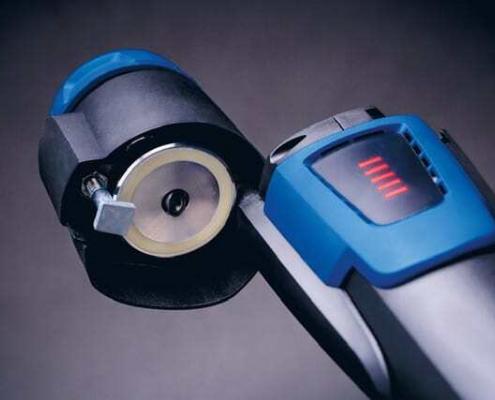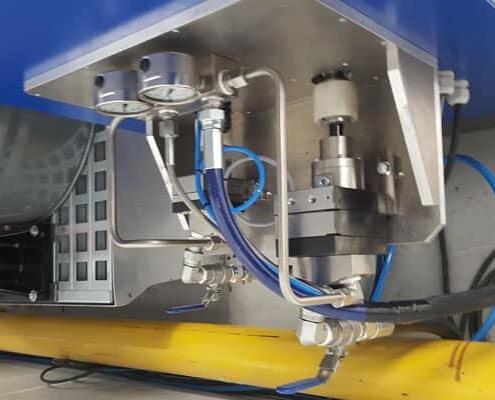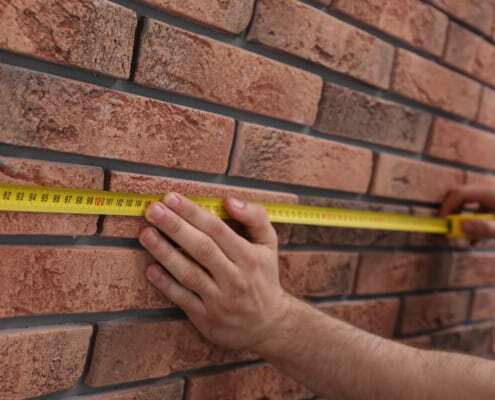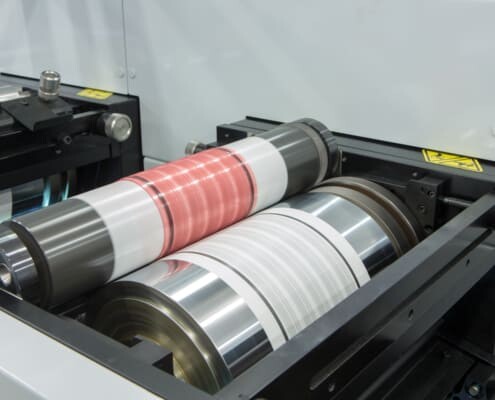Application Instruments, Tools & Equipment
Application instruments, tools and equipment for applying adhesives and sealants can easily pay for themselves. Customization will accelerate the payback period. A more efficient working method will save time, less glue or sealant loss will occur and the end result will often improve as the quality of application will improve.
Application instruments, tools and equipment specifically for adhesive and sealant processing companies require specialized knowledge of adhesives and sealants, the processing methods and application processes.
Assistance and service
Our experts are dedicated to assisting you in finding the most suitable application instruments, tools and equipment for your production processes. Share your application needs with us and let us find the best solution for the job.










